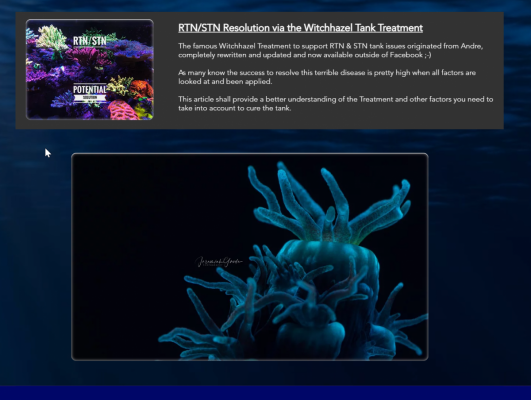- Joined
- Nov 30, 2019
- Messages
- 541
- Reaction score
- 548
One more thought. I think @Mike Paletta used a combination of witch hazel and melafix for tissue necrosis. I bought both in anticipation of my move, but never used the melafix. If memory serves, the video @Chaswood79 referred to above includes the dosage Mike Paletta used for witch hazel or melafix. (if I recall, he only mentioned his dosage for one on the video).
I was hoping @pitt would chime in again regarding his experience, but he disappeared. Hopefully he didn't drink witch hazel.
Do NOT drink witch hazel.
I was hoping @pitt would chime in again regarding his experience, but he disappeared. Hopefully he didn't drink witch hazel.
Do NOT drink witch hazel.


















